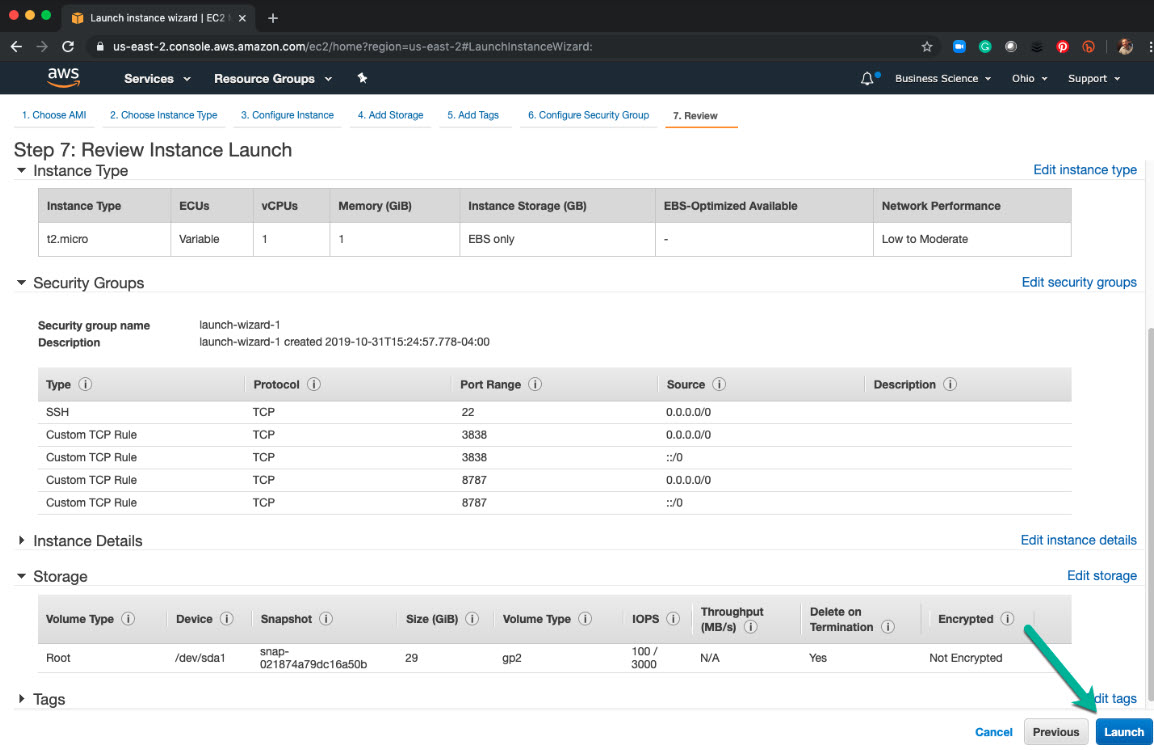

$ mv curr dest - > move files from curr (ent ) path to dest (ination ) path $ ls - > list files of current directory ( ls -a list all files ) $ cd path - > change directore (replace /dir with path ) $ cp curr dest - > copy files from curr (ent ) path to dest (ination ) path Navigating the server is very similar to navigating with terminal. etc/nginx and /etc/nginx/shiny-server are the location of server configuration files that may need to be changed to set up or change server behavior.

Any errors that occure because of the server or non-zero exit status for R will be located here.

var/log/ is the location for system and server logs. srv/shiny-server includes all is where all shiny app related things should go. These are the folders that are most important for running a shiny server. Here is the general layout for an EC2 instance. This is very similar to any other operating system. Each user on your system has a directory under /home. The starting directory is the /home/ubuntu or ~. $ ssh -i ~/awskey.pem you’re logged in you should see some info about your instance and the text before the $ should say Directory Structure and Navigation Replace everything after with your public DNS. When launching an EC2 instance you’ll download an secure key pair and the public DNS is available on the EC2 dashboard. Log into an EC2 instance using the secure key, public DNS and ssh. The public DNS will use the same convention, however the. Be sure to replace this with your IP address when you see it. I’ll use 11.22.33.44 as an example IP address.

Note: I’m using an Ubuntu 14.04 Amazon Machine Image. My last post explained how to get an AWS EC2 instance up and running with Shiny Server, this post will layout the directory structure and navigating to important files. Understanding the directory structure of an AWS EC2 instance is extremely helpful in order to get your apps running.


 0 kommentar(er)
0 kommentar(er)
